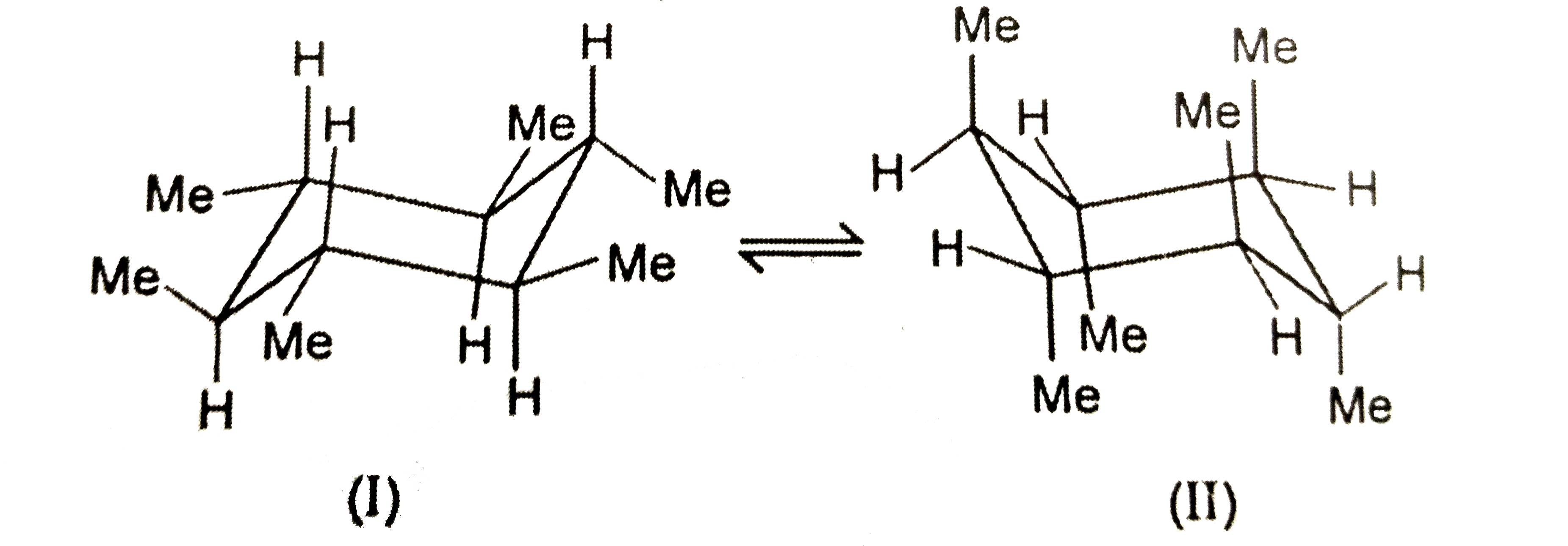In each of the following pairs, which is more covalent and why?
LiCl and LiBr
To determine which compound is more covalent between LiCl (lithium chloride) and LiBr (lithium bromide), we can follow these steps:
Step 1: Identify the ions in each compound
- LiCl consists of Li⁺ (lithium cation) and Cl⁻ (chloride anion).
- LiBr consists of Li⁺ (lithium cation) and Br⁻ (bromide anion).
Step 2: Compare the sizes of the anions
- The size of the chloride ion (Cl⁻) is smaller than that of the bromide ion (Br⁻).
- This is because bromine is located below chlorine in the periodic table, leading to a larger ionic radius.
Step 3: Apply Fajan's Rule
- Fajan's Rule states that the covalent character of an ionic bond increases with the size of the anion and the charge density of the cation.
- Since the cation (Li⁺) remains the same in both cases, we will focus on the anions.
Step 4: Analyze the implications of anion size
- According to Fajan's Rule, a larger anion (Br⁻) will lead to a greater covalent character in the bond.
- Therefore, LiBr, which contains the larger bromide ion, will exhibit more covalent character compared to LiCl, which contains the smaller chloride ion.
Conclusion
- Based on the analysis, LiBr is more covalent than LiCl because it has a larger anion (Br⁻) compared to the anion in LiCl (Cl⁻).
Final Answer
LiBr is more covalent than LiCl because the bromide ion is larger than the chloride ion, leading to a greater covalent character according to Fajan's Rule.
---
- LiCl consists of Li⁺ (lithium cation) and Cl⁻ (chloride anion).
- LiBr consists of Li⁺ (lithium cation) and Br⁻ (bromide anion).
- The size of the chloride ion (Cl⁻) is smaller than that of the bromide ion (Br⁻).
- This is because bromine is located below chlorine in the periodic table, leading to a larger ionic radius.
- Fajan's Rule states that the covalent character of an ionic bond increases with the size of the anion and the charge density of the cation.
- Since the cation (Li⁺) remains the same in both cases, we will focus on the anions.
- According to Fajan's Rule, a larger anion (Br⁻) will lead to a greater covalent character in the bond.
- Therefore, LiBr, which contains the larger bromide ion, will exhibit more covalent character compared to LiCl, which contains the smaller chloride ion.
- Based on the analysis, LiBr is more covalent than LiCl because it has a larger anion (Br⁻) compared to the anion in LiCl (Cl⁻).
LiBr is more covalent than LiCl because the bromide ion is larger than the chloride ion, leading to a greater covalent character according to Fajan's Rule.
Topper's Solved these Questions
- CHEMICAL BONDING AND MOLECULAR STRUCTUREBOOK - ICSECHAPTER - CHEMICAL BONDING AND MOLECULAR STRUCTUREEXERCISE - VERY SHORT ANSWER TYPE QUESTIONS
50 Videos
- CHEMICAL BONDING AND MOLECULAR STRUCTUREBOOK - ICSECHAPTER - CHEMICAL BONDING AND MOLECULAR STRUCTUREEXERCISE - SHORT ANSWER TYPE QUESTIONS
76 Videos
- CHEMICAL BONDING AND MOLECULAR STRUCTUREBOOK - ICSECHAPTER - CHEMICAL BONDING AND MOLECULAR STRUCTUREEXERCISE - NCERT TEXT-BOOK EXERCISES ( WITH HINTS AND SOLUTIONS)
47 Videos
- CHEMICAL THERMODYNAMICS BOOK - ICSECHAPTER - CHEMICAL THERMODYNAMICS EXERCISE - NCERT TEXT-BOOK. EXERCISES
22 Videos
Similar Questions
In each of the following pairs, which is more covalent and why?
LiCl and Lil
View SolutionIn each of the following pairs, which is more covalent and why?
AgCl and KCl
View SolutionIn which of the following pairs A is more stable than B?
View SolutionWhich of the following carbocation is more stable and why?

View SolutionWhich one is more stable and why?

View SolutionWhich comopound from each of the following pairs ismore covalent and why ?
(a)CuO or CuS(b)AgCl or AgI(c)PbCl2orPbCl4(d)BeCl2orMgCl2
View SolutionWhich of the following crystals are not covalent ?
View SolutionWhich of the following are expected to be covalent?
View SolutionWhich of the following is the most covalent in nature ?
View SolutionIn each of the following pairs of ions in which I ion is more stable than II
View Solution
